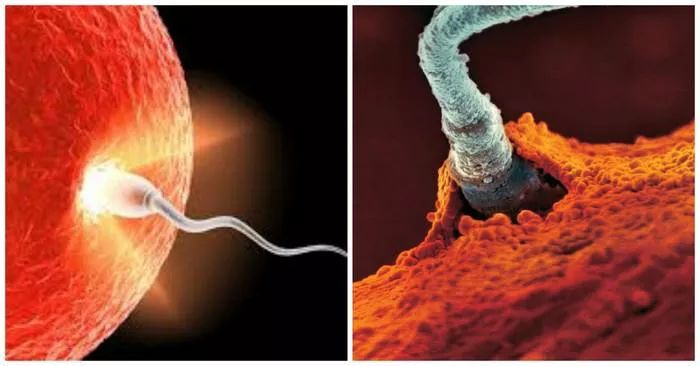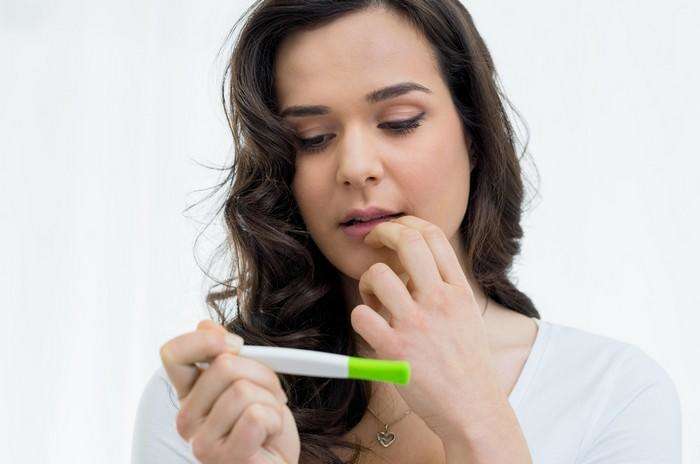When it comes to achieving pregnancy, the quality of sperm plays a crucial role in the equation. But what exactly defines “quality” in the realm of sperm? How do various factors influence sperm health, and which sperm is deemed optimal for conception? In this comprehensive article, we delve into the complexities of sperm quality, exploring key factors, medical assessments, lifestyle influences, and available interventions to enhance fertility.
Sperm Quality Factors
The quality of sperm encompasses several key factors that collectively determine its ability to fertilize an egg successfully. These factors include sperm count, motility, morphology, and vitality. Sperm count refers to the number of sperm cells present in a given sample of semen. Adequate sperm count is essential for increasing the likelihood of sperm reaching and fertilizing an egg.
Motility, on the other hand, refers to the ability of sperm to move effectively. Healthy sperm should demonstrate strong motility, enabling them to navigate the female reproductive tract and reach the egg for fertilization. Morphology pertains to the size and shape of sperm cells, with normal morphology indicating optimal structural integrity and functionality. Lastly, vitality reflects the overall health and viability of sperm, indicating their ability to survive and thrive within the female reproductive environment.
Semen Analysisa
To assess sperm quality accurately, healthcare providers often perform a semen analysis, also known as a sperm count test. During this diagnostic procedure, a sample of semen is collected and analyzed to evaluate various parameters of sperm health.
Interpreting the results of a semen analysis involves comparing the findings to established reference ranges for each parameter. Optimal sperm quality typically entails a healthy sperm count (typically ranging from 15 million to 200 million sperm per milliliter), robust motility (with at least 40% of sperm demonstrating forward movement), normal morphology (with at least 30% of sperm exhibiting typical size and shape), and high vitality (indicating a significant proportion of viable sperm).
Lifestyle Influences
Beyond medical assessments, lifestyle choices significantly impact sperm quality and fertility. Engaging in healthy behaviors can enhance sperm health and increase the chances of conception. Regular exercise, balanced nutrition, and maintaining a healthy weight contribute to overall reproductive well-being.
Conversely, certain lifestyle habits and environmental factors can negatively affect sperm quality. Smoking, excessive alcohol consumption, and illicit drug use can all detrimentally impact sperm production, motility, and morphology. Exposure to environmental toxins, such as pesticides and pollutants, may also compromise sperm health. By avoiding harmful substances and adopting healthy lifestyle practices, individuals can promote optimal sperm quality and fertility.
Medical Conditions
Various medical conditions can adversely affect sperm quality and fertility, underscoring the importance of timely medical intervention. Conditions such as hormonal imbalances, infections, and structural abnormalities within the reproductive system can impair sperm production and function. Additionally, chronic health conditions such as diabetes, obesity, and hypertension may contribute to male infertility.
It’s essential to seek medical advice if experiencing persistent issues with fertility or sperm quality. A thorough evaluation by a healthcare provider can help identify underlying medical conditions that may be contributing to infertility.
Fertility Treatments
For individuals facing challenges with sperm quality or fertility, a range of fertility treatments and interventions are available to enhance the chances of conception. Assisted reproductive technologies (ART), such as in vitro fertilization (IVF) and intracytoplasmic sperm injection (ICSI), offer options for couples struggling to conceive naturally. These procedures involve the manipulation and fertilization of eggs with sperm in a controlled laboratory setting, bypassing potential barriers to conception.
Conclusion
In conclusion, the quest to identify the best sperm for pregnancy involves a multifaceted evaluation of sperm quality, lifestyle factors, medical conditions, and available interventions. By understanding the significance of sperm count, motility, morphology, and vitality, individuals can make informed decisions regarding their reproductive health.
























